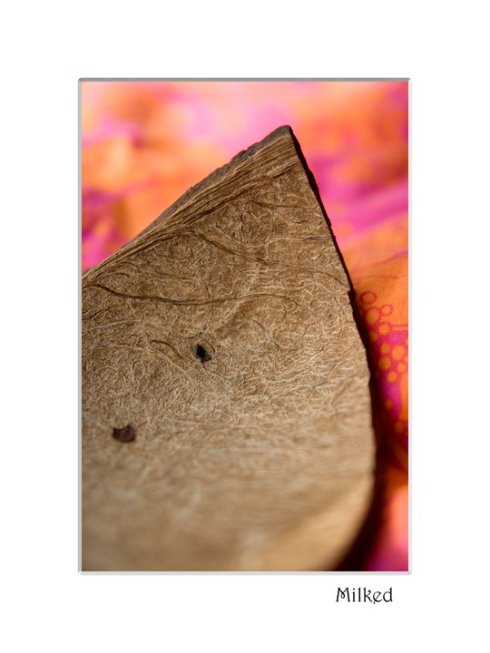Photography Workshop 1
Before we start working…
The basic recipe for becoming a great photographer is simple:
1. Learn how to see.
2. Take thousands of bad pictures (interspersed with ones you are pleased with), until you can successfully produce photos that follow the standard rules.
3. Break the rules (or at least push the boundaries of them).
Truth be told, I haven’t made it to the third part of the recipe, which is why I’m not a famous photographer. I’ve tried, sure, but haven’t produced anything remarkable yet. Have you noticed that every famous artist throughout history is famous because he/she broke the current “rules” of art at that time? Making beautiful art isn’t enough to make you famous.
Lucky for us, we aren’t trying to be famous.
But most people don’t even complete step 1. Even a lot of photography classes try to take a shortcut right to methods and technique.
Let me explain…
Your eyes see everything objectively, just like your camera. Your brain, however, does not see the world objectively–it likes to simplify things. Your brain converts the raw data that enters the eye into simple representations. This is a good thing, of course–it would be terribly distracting and overstimulating to see all the nuances of shape and color and angle that we are bombarded with on a daily basis. Studies on people whose brains do not filter out and simplify also have difficulty progressing to higher thinking skills and making connections.
However…
When you are taking pictures, you need to learn how to switch your brain to objective mode, to see the world as your camera sees the world. Virtually anyone can do this. It takes no special talent. If you really want to develop this skill–seeing objectively–I highly recommend taking a drawing class.
Example: Glance around the room you are in right now. Are all the walls the same color? Assuming that you are in a room in which the walls have all been painted the same color, most people would say “yes, they are all the same color.” Your brain sees them as all the same color. But if you look closely at a corner where two walls meet, the wavelengths of color they reflect onto your retina are not the same, and your camera will record the true colors they are reflecting. This is especially easy to notice during the day, if you turn the artificial light in the room off, and look at the walls with just the available window light.
You know what I love most about photography? Noticing interesting things all around me that most people don’t; seeing the beauty in people, nature, and everyday objects and occurrences that I was previously blind to.
It’s like I had this feast right in front of me my whole life, waiting for me to savor it, but I had no idea it was there.
Until I learned how to see it.
1. Learning to See
Find a handful of photographs on the internet or in a magazine that you are drawn to. They don’t have to be pretty or “great photography.” Pick ones that you are drawn to because they evoke some emotion in you–
intrigue peace love excitement suspense awe
anger disgust curiosity passion fear beauty
indignance sadness pity lonely connected
One photograph may invoke more than one emotion. After gazing at your pictures (don’t overanalyze it), pick the one you are drawn to the most. Which emotion(s) do you feel when you look at it?
Describe the photo–what is the subject? Is it color or black and white? Is the whole picture clear and in focus, or are there parts of the picture that are out of focus, blurry? Look for lines in the picture–are they horizontal, vertical, or diagonal? What angle? How does a picture with diagonal lines make you feel differently than a picture with horizontal or vertical lines? (if you have examples of both–I’ll bring examples of both to the workshop).
Do you see any circles? Ellipses? Rectangles? Triangles? Curved lines? (I’ll bring tracing paper to the workshop; it will help you see the lines and shapes more clearly).
If you feel comfortable, bring this picture to the workshop and share your thoughts with the others.
At the workshop I’ll ask you questions that will help you see:
*Positive and negative space
*If you prefer black and white or color photos (or both)
*Composition, subject placement, the rule of thirds
And I know you’re all eager to jump into taking pictures, so we’ll play around with one visual concept at a time.
See you there!
–Angel



Leave a comment